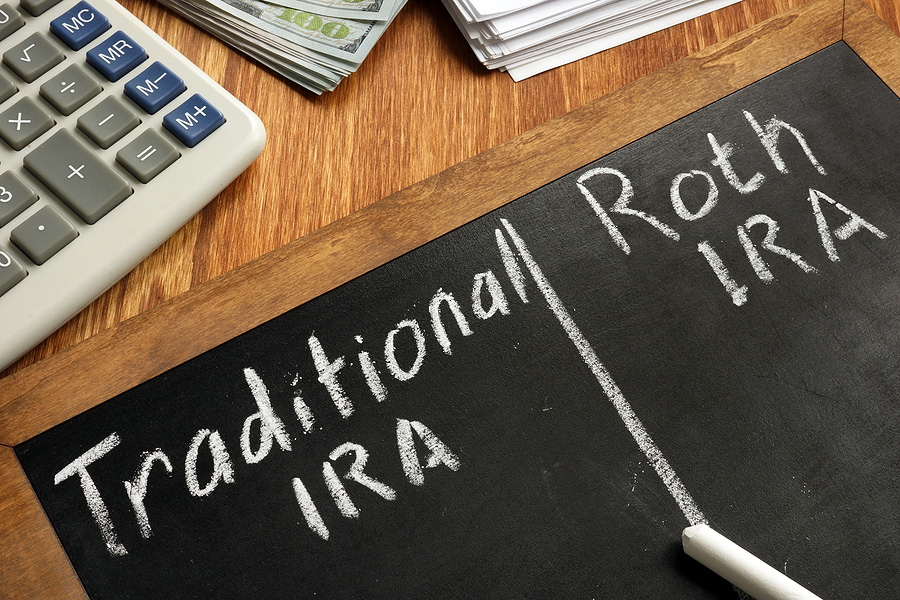Understanding PFICs: A Guide for US Expats
August 30, 2024 | Investing | 4 minute read
Expat Tax Blog. Tax Tips for US Americans abroad.
Updated March 17, 2025
 All blogs are verified by Enrolled Agents and CPAs
All blogs are verified by Enrolled Agents and CPAs
Updated March 17, 2025

What is a PFIC?
A Passive Foreign Investment Company (PFIC) is a specific classification set by the IRS for foreign corporations that primarily generate income through passive means. This means sources of income such as dividends, interest, royalties, or capital gains earned without business operations. When you’re deciding if your foreign corporation is a PFIC, check if you meet these criteria set by the IRS:
Income test: 75% or more of the corporation’s gross income for its tax year is passive income (as defined in section 1297(b)).
Asset test: At least 50% of the average percentage of assets (determined under section 1297(e)) held by the foreign corporation during the tax year are assets that produce passive income or are held for the production of passive income.
While you may think that you are not a shareholder of foreign corporations, you might have an interest in them through foreign investment holdings.
Foreign mutual funds, hedge funds, insurance products, and pension plans are the most common examples of PFICs. These investment vehicles are companies that pool money from many investors to purchase securities.
PFICs are attractive investments for US expats as they are accessible, diversified, and have the potential for great returns. However, the IRS taxes PFICs heavily, so be aware of this before investing.
Costs of Owning a PFIC
As stated, PFICs come at a significant financial cost in terms of US taxes. However, why are PFICs so costly?
- When you go to file US taxes, reporting a PFIC is complex even for Certified Public Accountants and requires additional time, meaning it’s an additional cost on your tax return. Many tax companies will charge you upwards of $500-$1,000 per PFIC. However, when you file with MyExpatTaxes, you will look at between $50-$150 per PFIC, depending on your chosen plan.
- There are strict tax rules regarding PFICs if you do not plan ahead, making them less favorable compared to US-based investments. PFIC’s income distributions are taxed as ordinary income at a rate as high as 40%. To make PFICs even more off-putting, you could be subject to compounded interest charges if you defer income and gains from a PFIC.
How do You Report PFICs on Your US Tax Return?
Here’s where it can feel a bit more complicated: The IRS offers several methods for reporting and paying taxes on PFICs, which is where proper planning will be the most useful. Click through and learn more about your options for filing a PFIC.
Methods for Filing PFICs
1. Section 1291 Fund Rules
The first option, also the default method, is highly unfavorable: Section 1291 fund rules. These rules ensure that your distributions and gains are taxed as ordinary income. However, any deferred gains will be subject to compounded interest penalties.
2. Mark-to-Market (MTM) Election
The second option for reporting your PFICs is the Mark-to-Market (MTM) Election, which allows you to report the annual increase or decrease in value as ordinary income. This method tends to be more favorable than the default PFIC taxation method because any gains are taxed at your marginal income tax rate, and there are no interest charges on deferred gains. However, you cannot escape the high ordinary income taxes. Meaning you will not benefit from the lower long-term capital gains rate.
3. Qualified Electing Fund (QEF) Election
The third option is the Qualified Electing Fund (QEF) Election. The QEF lets you report your share of the PFIC’s income and gains annually. This method is a great option for reduced deferral penalties. However, you will require accurate and detailed reports from your PFIC to use the QEF election. This method may not be available if you cannot get these in-detail reports. So, it is only available if your financial institution cooperates with IRS tax regulations and provides these reports.
Note that you can only use the more advantageous Mark-to-Market and Qualified Electing Fund elections as first-year elections, meaning in the year of purchase.
If you don’t plan properly, you’ll need to purge your foreign investments to take these elections later. Simply, this means reporting that you “sold” the investments, reporting the gain under Section 1291 Default Election, and then “repurchasing” them with the other elections.
Final Thoughts on PFICs
PFICs are costly and complex when managing foreign investments and US taxes. At first glance, these investment options may seem very attractive to you as a US expat. However, PFIC’s tax implications mean that the potential returns will be significantly reduced compared to US mutual funds. Check how profitable it will be after taxes if considering a PFIC versus a US-based investment.
In most cases, you will likely get better returns from US-based investments, making them a better choice from a US perspective. This is not to say you should stay away from PFICs by any means. It is just to inform you that if you do want to invest in non-US pooled investment funds, then you need to make sure you plan ahead.
Don’t add unnecessary stress to your life. If you have any questions about PFICs, upgrade your plan to unlock Tax Professional support! With our Premium Plan, users can have 1:1 interactions with a Tax Professional to help answer their tax concerns. We also have a Planning Service if you are just thinking of investing but have not done so yet. Sign up for free and start filing your taxes today!
See Why US Expats From Around the World Love Us!
Easily file regardless of how complex your US expat tax situation is.
Been here before? Sign in!


Written by Nathalie Goldstein, EA
Nathalie Goldstein, EA is a leading expert on US taxes for Americans living abroad and CEO and Co-Founder of MyExpatTaxes. She contributes to Forbes and has been featured in Forbes, CNBC and Yahoo Finance discussing US expat tax.
August 30, 2024 | Investing | 4 minute read







